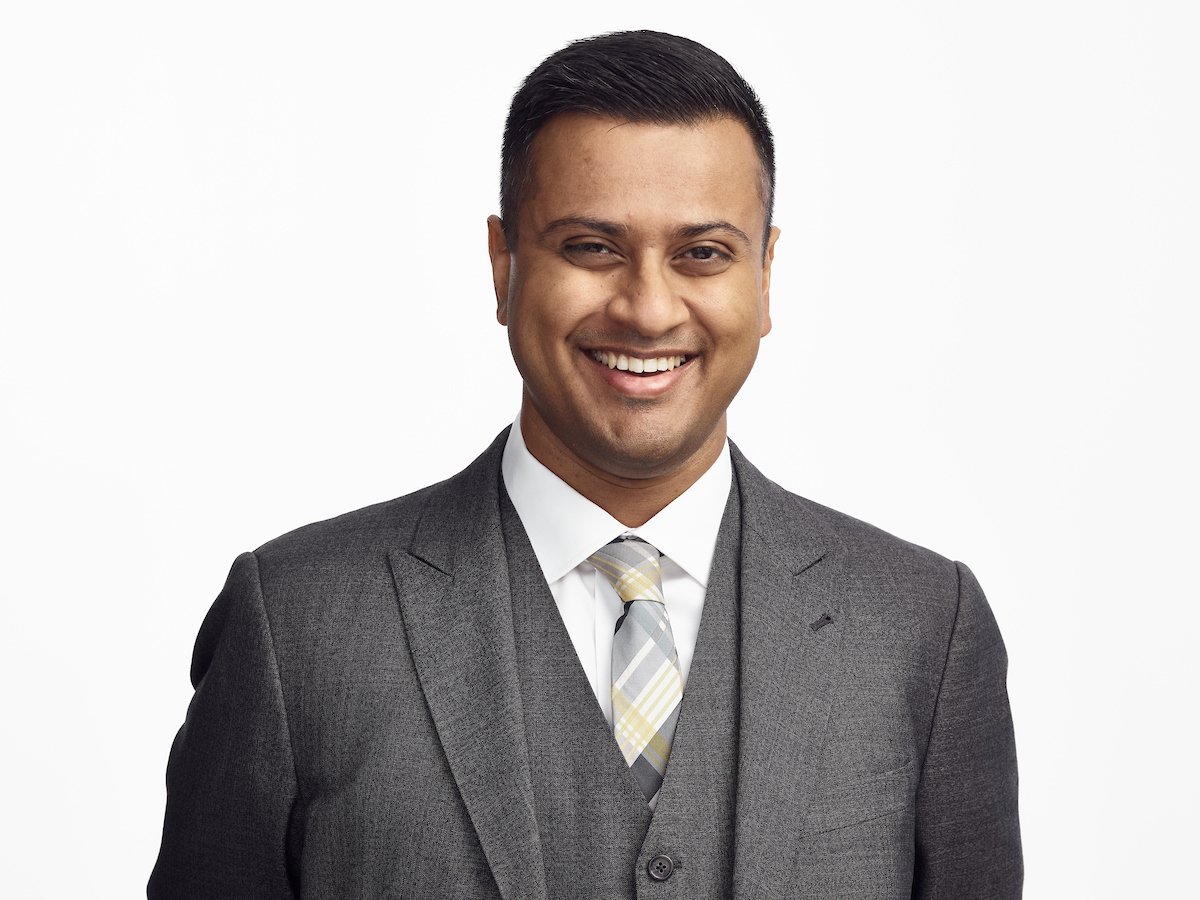Professional Profile: Amrit Chaudhuri
Amrit Chaudhuri is the chief executive officer and co-founder of SmartLabs, a flexible research lab infrastructure model that allows for varied and multiple biotech and pharmaceutical companies to utilize research lab space simultaneously, or one after the other. Lab Design spoke to Amrit about his career, his years as a dancer, and what he thinks is crucial for the success of lab design.
Credit: Copper Hound
Q: How did you get started in your career? Did you major in your field in college, get an internship, switch careers mid-stream, etc.?
A: I started as a bit of an odd duck. I got hired as a scientist at the Whitehead Institute for Biomedical Research when I was 15 to work in a neurophysics lab. From there I got exposed to a wide range of basic research ranging from neurology, molecular biology, biophysics, and chemistry as a foundation for my experience. I went to Boston University to study biomedical engineering and chemistry as an undergrad and ended up not going down the traditional path in research where typically you would follow in a Ph.D. program. Instead, I founded my first biotech company out of BU in the field of synthetic protein chemistry - Drug Development and Research, a firm I built and ran from 2007 until 2015. During that time, I built and sold a bioinformatics company doing predictive modeling on large data sets in proteomics. I met my co-founder and our investors in 2014 and we started SmartLabs to disrupt the infrastructure side of science in January 2015. Somewhere in there I also worked on programs in robotics, automation, and systems engineering!
Q: What is a typical workday for you?
A: At an organization focused on disruption, growth, and adoption of an industry-changing model, there doesn't seem to be a typical day. I get to work in the professional space that bridges science, engineering, software, and operations at scale! I have the privilege of working on programs in finance, campus planning, innovation in engineering, new product development, and corporate strategy and growth.
Q: What is your favorite building, lab-related or not?
A: I really was astonished by my tour of Taipei 101 and visiting the ~90th floor where you can see the 700-ton tuned mass damper in person! It's wild to see the engineering that went into supporting that building's design. I also like historic buildings of scale like the Louvre!
Q: What do you think is crucial for the success of lab design in the future?
A: I think it's two things: creating dynamic labs that can adapt and change to the unknown needs of future disparate use cases of infrastructure, and technology embedded to automate and optimize the operations of science over time.
Q: If you weren't in this profession, what job would you like to have instead?
A: I used to think I'd be a professor at a university in some form of scientific research. I think I would have enjoyed student teaching and lecturing. I could see myself working as an investor for entrepreneurial programs in therapeutics, science, technology, and software. I enjoy business models, behaviors, analysis, and puzzles!
Q: What is the best piece of professional advice you have received?
A: Someone else's misconception is their conception. You have to be able to communicate from shared common ground and authenticity to have the other side open for dialogue, especially if it goes in the face of what they believe to be true.
Q: If you could teleport anywhere in the world where would you go?
A: Lanai Hawaii for about 10 days.
Q: What's your typical order when you visit a coffee shop?
A: A mocha latte!
Q: What kinds of hobbies or interests do you have outside of work?
A: I used to be a nationally competitive ballroom dancer and after ballroom spent about a decade studying and dancing salsa and Argentine tango through my 20s.
Q: If you could tell your younger self something, what would it be?
A: Don't take yourself so seriously, give yourself space to fail, and the hard parts are the good parts of life.

